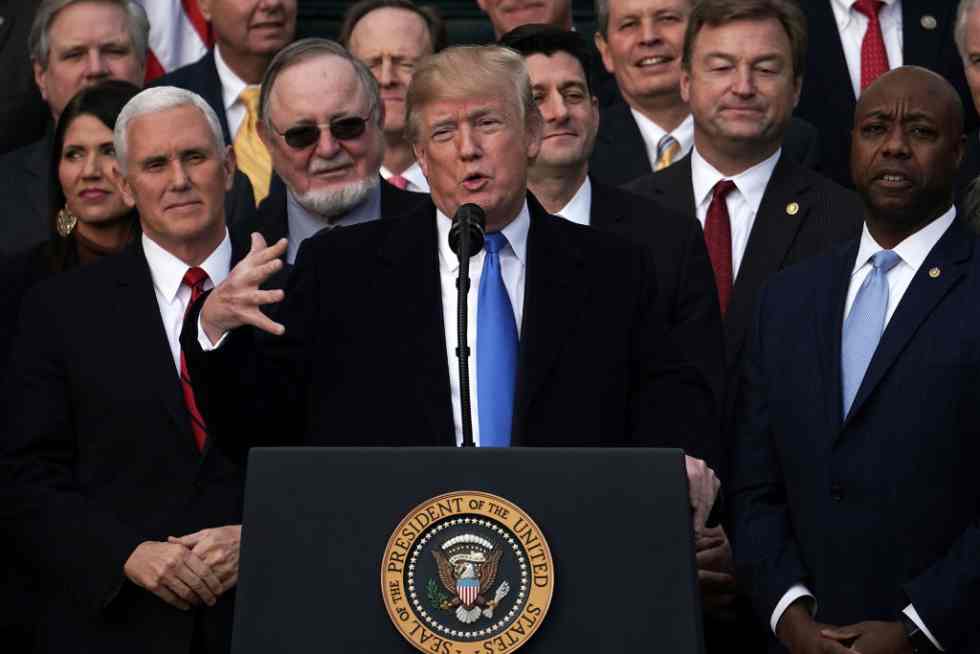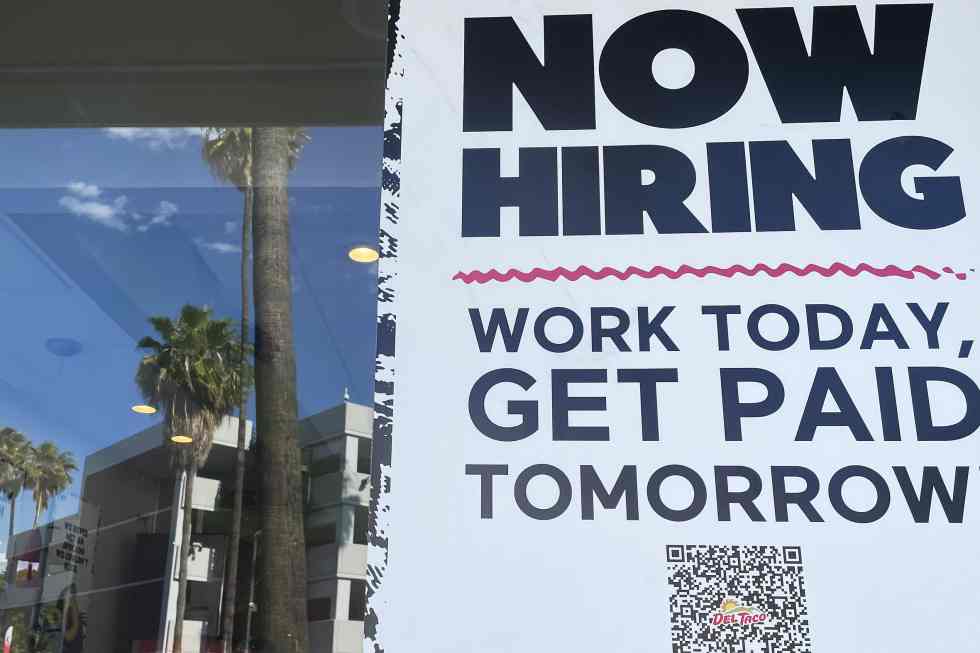Throughout President Donald Trump’s tenure within the White Home, the nationwide debt grew by some $7.8 trillion—or practically 40 % in comparison with the quantity when former President Barack Obama left workplace in January 2017.
In his 2016 presidential marketing campaign, Trump stated he would “get rid” of the nationwide debt throughout eight years in workplace. The president is definitely leaving workplace after 4 years, having misplaced his re-election bid to President-elect Joe Biden. However as an alternative of addressing the nationwide debt throughout his 4 years in workplace, the Trump administration oversaw a major enhance even earlier than the COVID-19 pandemic compelled the federal government to cross huge stimulus laws.
When Trump was inaugurated on January 20, 2017, the nationwide debt stood at about $19.9 trillion. As he leaves workplace this month, the nationwide debt has grown to about $27.7 trillion. That is a rise of 39.2 %.
The annual deficit beneath Trump ranks because the third highest of any president in historical past, with the opposite two being former Presidents Abraham Lincoln and George W. Bush who each oversaw wars throughout their tenures within the White Home, in accordance with Eugene Steuerle, co-founder of the City-Brookings Tax Coverage Middle, as reported by The Washington Put up. Though a lot of the deficit spending beneath Trump got here on account of the COVID-19 stimulus, the debt was rising quickly even earlier than 2020.
Economists have pointed to Trump’s signature legislative achievement, the 2017 Tax Cuts and Jobs Act, for pushing the nationwide debt upward. The tax cuts, which largely benefited the wealthiest Individuals and firms, left a major shortfall in tax income. The Congressional Finances Workplace projected in January that the annual deficit could be about $1 trillion going ahead due largely to Trump’s tax cuts.
Firstly of 2020, the nationwide debt had already elevated by about $3.3 trillion since Trump took workplace three years earlier. That got here after the rising debt had stabilized in Obama’s ultimate years in workplace. The previous Democratic president had inherited an financial recession, main the federal government to show to deficit spending to shore up the financial system. This brought on the nationwide debt to proceed to develop considerably throughout his first 4 years within the White Home.
When the pandemic hit the U.S. final yr, it was clear to most economists that Congress wanted to behave shortly by means of huge stimulus laws as a lot of the nation entered stringent lockdowns in March. Congress handed the bipartisan $2.2 trillion CARES Act within the spring after which pushed by means of one other $900 billion bundle in December. Whereas economists say that the debt will have to be addressed ultimately, most agree that the precedence proper now must be to deal with the financial fallout of the pandemic.
“As all the time, there are some who appear extra involved in regards to the rise in federal funds deficits and public debt than by the rise in joblessness and losses of revenue generated by the shock,” Josh Bivens, director of analysis, on the Financial Coverage Institute, wrote in a weblog put up. “However prioritizing the restraint of debt in coming years over the restoration of pre-crisis unemployment charges is dangerous economics,” Bivens added.
Biden and the Democrats have already promised extra COVID-19 reduction, which might be anticipated to extend the nationwide debt additional earlier than lawmakers work to scale back annual funds deficits. On the identical time, the president-elect has stated he goals to repeal Trump’s tax cuts and lift taxes on the rich, which might be anticipated to shore up extra authorities income.
Newsweek reached out to the White Home for remark, however didn’t instantly obtain a response.











Leave a Reply